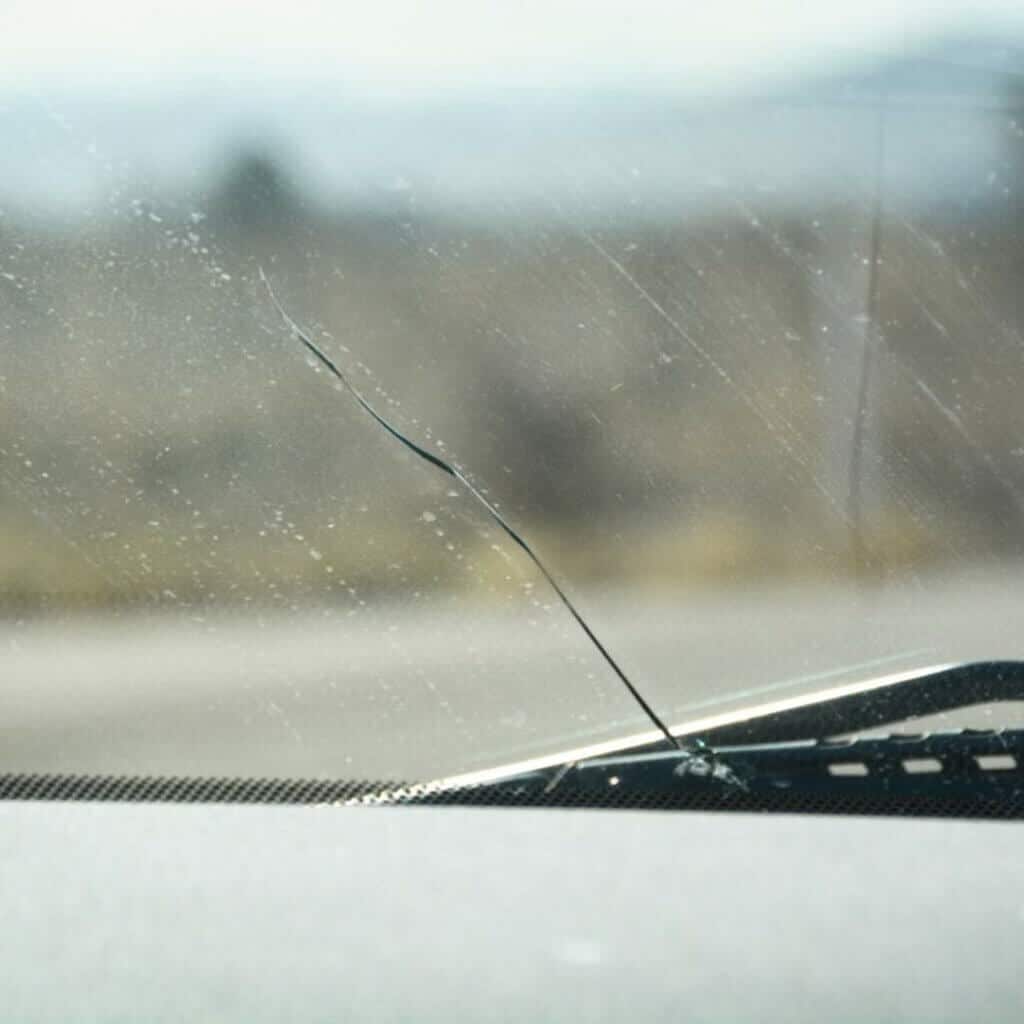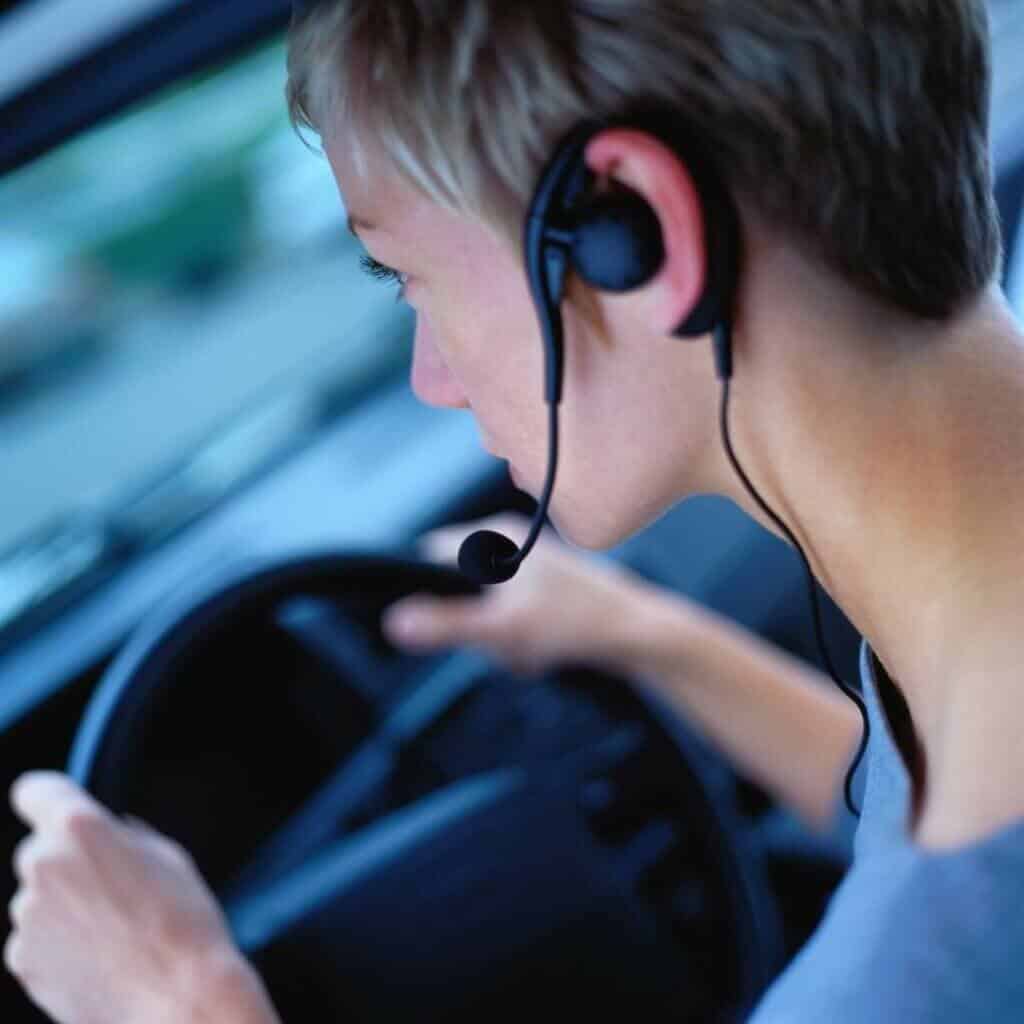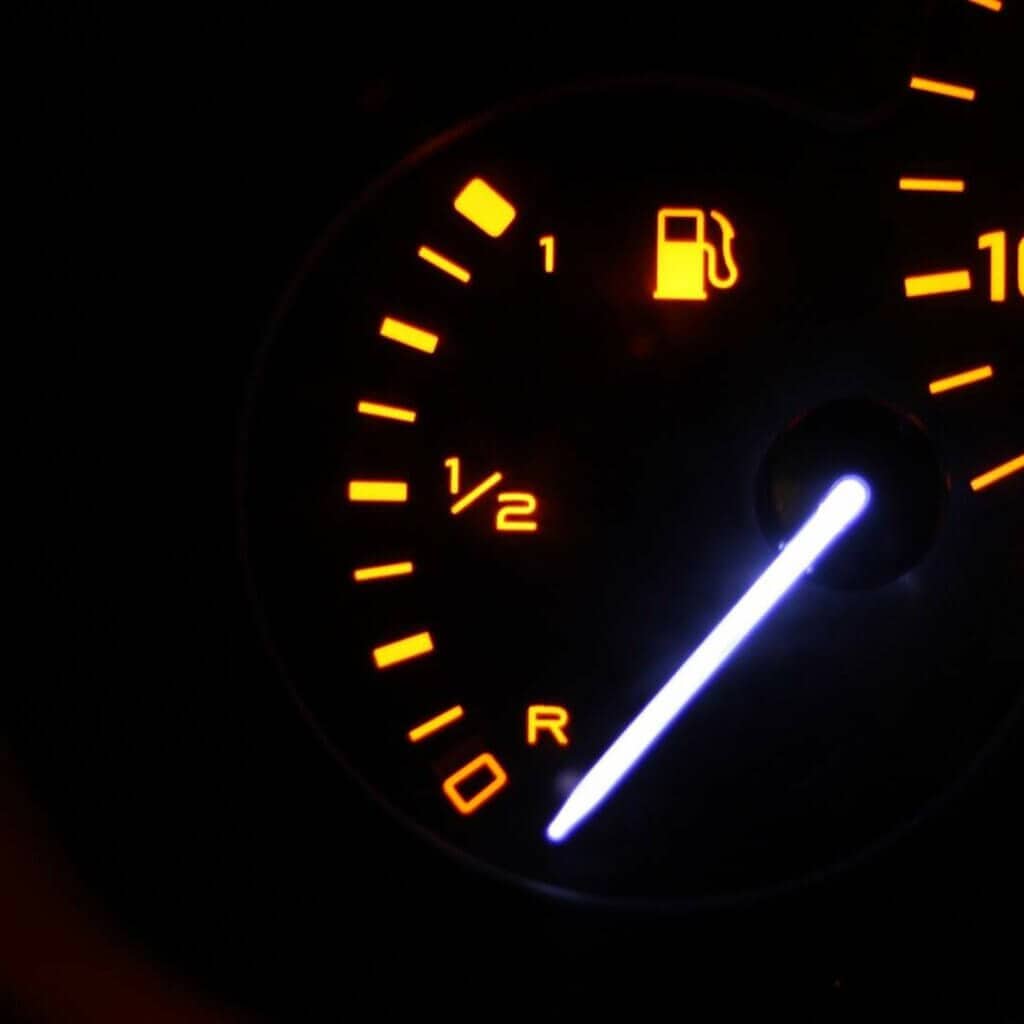Did you see “Driving Stabilisation” BMW message on your dashboard?
The driving stabilisation control system is made to help a car function well even under difficult conditions on the road. With all the ways a car can swerve out of control, we are bound to require such a system.
BMW’s emphasis on driving experience is present in these systems as well.
BMW Driving Stabilisation System
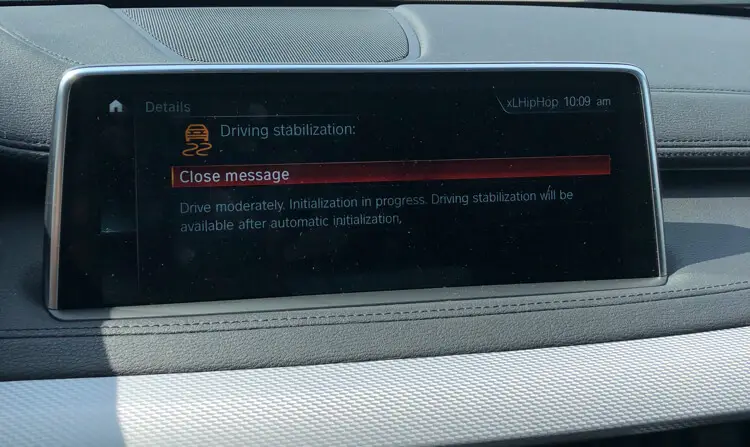
The BMW cars are loaded with useful systems that make the vehicles control far better than they usually would. The Driving Stabilisation System, or DSC for short, is yet another addition that makes cars work better through its inclusion.
With the aid of this system, wheels won’t lose traction during acceleration. The unstable driving conditions are also taken into account. Should the back wheels swerve out of control, the front of the vehicle will compensate for it. Front wheels will stabilize the back wheels, allowing us to regain control of the car.
What makes the BMW driving stabilisation system stand out?
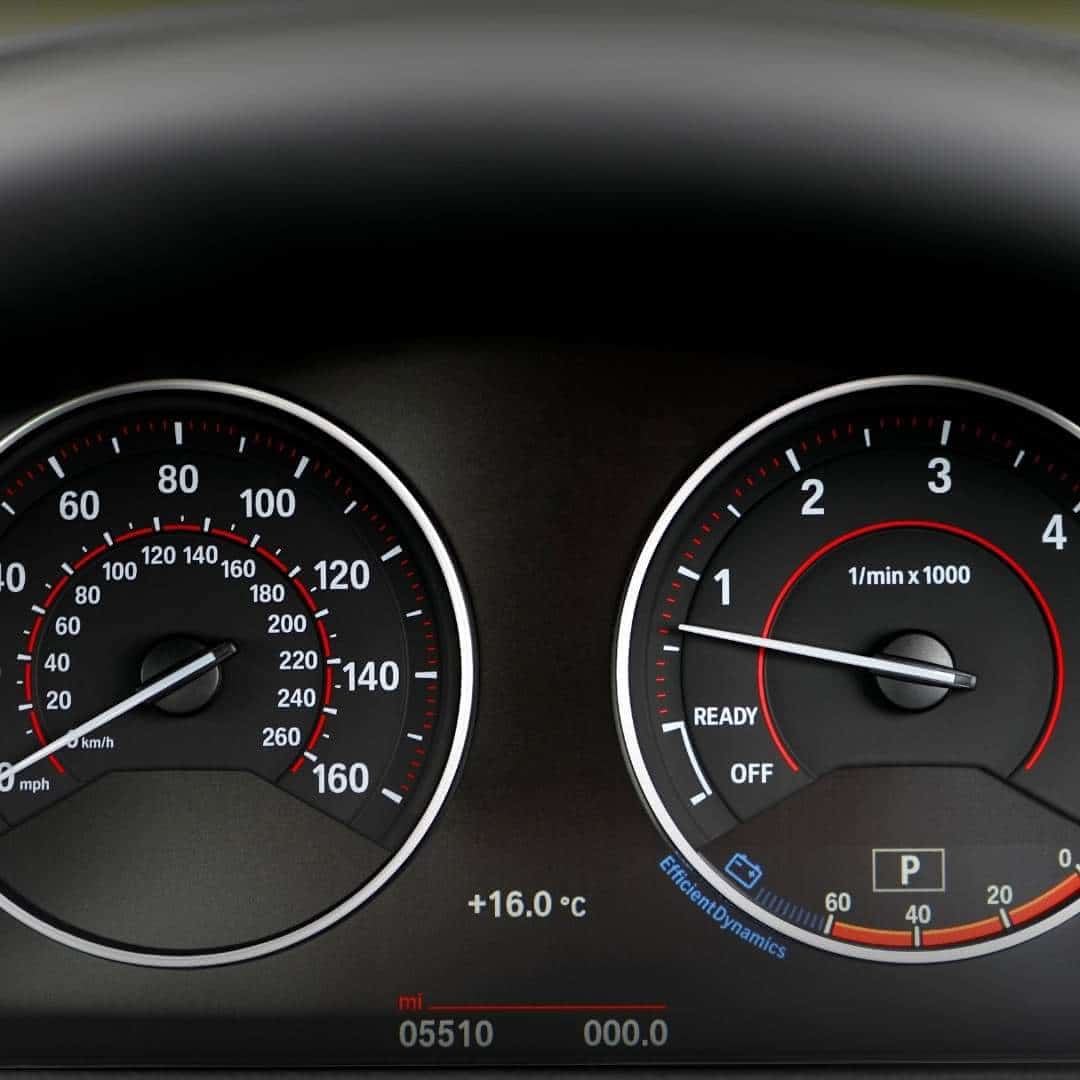
The accolades of BMW cars and systems are well known. Often being the key part of maintaining the functionality of the vehicle. Capabilities of the driving stability control is what makes the car turn exceptionally well. This system has a few very potent traits that make it work well.
These systems involve antilock brake systems, dynamic brake control, and electronic brake-force distribution. As you can see all of these affect brakes. The importance of brakes for proper turn and swerve control. Doubly so when applied to a stabilisation system, which is meant to tune in when the vehicle loses control.
Swerving with an additional array of systems that reinforce the functionality of the brakes won’t be as dangerous or troublesome for our handling.
While it’s impossible to fully ignore the laws of physics, these systems utilize physics laws that benefit their purpose. Making sure that even an unstable car can be wrangled back with proper actions.
- Turning DSC on and off
The DSC is turned on by default, requiring a press of a button for at least 3 seconds to be turned off. This button is often located near the AC systems of the car. The button will not turn off brake actions focused on the rear axle, which will still kick in if the wheels lose traction.
Pressing the button again immediately turns on DSC which will be noted by the indicator lamp flashing. Traction will also be displayed, which will note that DTC is also activated to work its job.
- Alerts Tied to Driving Stabilisation Control Light
Should anything troublesome crop up, we will end up with the dashboard alerting us. The driving stabilisation systems will flash as being active even if there isn’t an issue causing them to activate. Similarly so, it’s possible for them to malfunction differently, displaying the light of the system being off without truly being turned off.
- Sensor malfunction
The sensors in our car exist to record and forward required information to the systems and components that require them.
Any number of sensors can go wrong, however, either due to software problems or physical damage. When this happens, a number of car parts can be affected most of all control systems.
Driving stabilisation control is no exception. Because it relies on these sensors to detect wheel slips and other similar issues that cause a car to swerve. No matter the error of the sensors, it will reflect on our driving stabilisation control heavily. [1]
- Battery malfunction
It’s important to know that driving stabilisation in BMW is fueled by electricity and as such needs constant electric charge to work properly. Failure to supply that electric energy will leave us with the stabilisation system itself malfunctioning or not working at all.
Therefore, battery malfunctioning is the most common cause of issues that can emerge with our driving stabilisation system in BMW. [2]
Should the battery start malfunctioning in any capacity, we should act as soon as possible. Though the effects on the driving stabilisation control are bad enough, batteries can negatively affect many other aspects of a vehicle.
- Brake force instability
The brake force is something that needs to be consistently adjusted in the car. It’s also what the driving stabilisation control acts on to provide the best possible result of braking while the car is thrown off balance.
Without proper stability of brake force, we will quickly find the entire car out of control.
Driving stability control monitors wheel speed and steering angle, two of the key factors to have information on when swerving happens.
Although the detection will go by without a problem, the application of brakes can be found lacking or too heavy for the required correction. [3]
In this case, it’s the driving system control itself that will improperly apply braking force. This usually happens due to a software issue so a check of the systems is more than advised if other suggestions didn’t solve the alert.
- Hydraulic pump
The car uses a hydraulic pump to convert mechanical into hydraulic energy. With the component mixing both pressure and flow, it enables the entire system to work.
The fault in the hydraulic pump usually leads to other systems failing. With the pressure it supplies, even systems such as driving stabilisation control function from it. [4]
The general effect of the pump is that it pumps fluid into and out of the parts that require it. Driving stabilisation control included. When this system starts malfunctioning you will end up with a number of troublesome effects. Including complete failure of proper stabilisation.
Solutions for Driving Stabilisation BMW
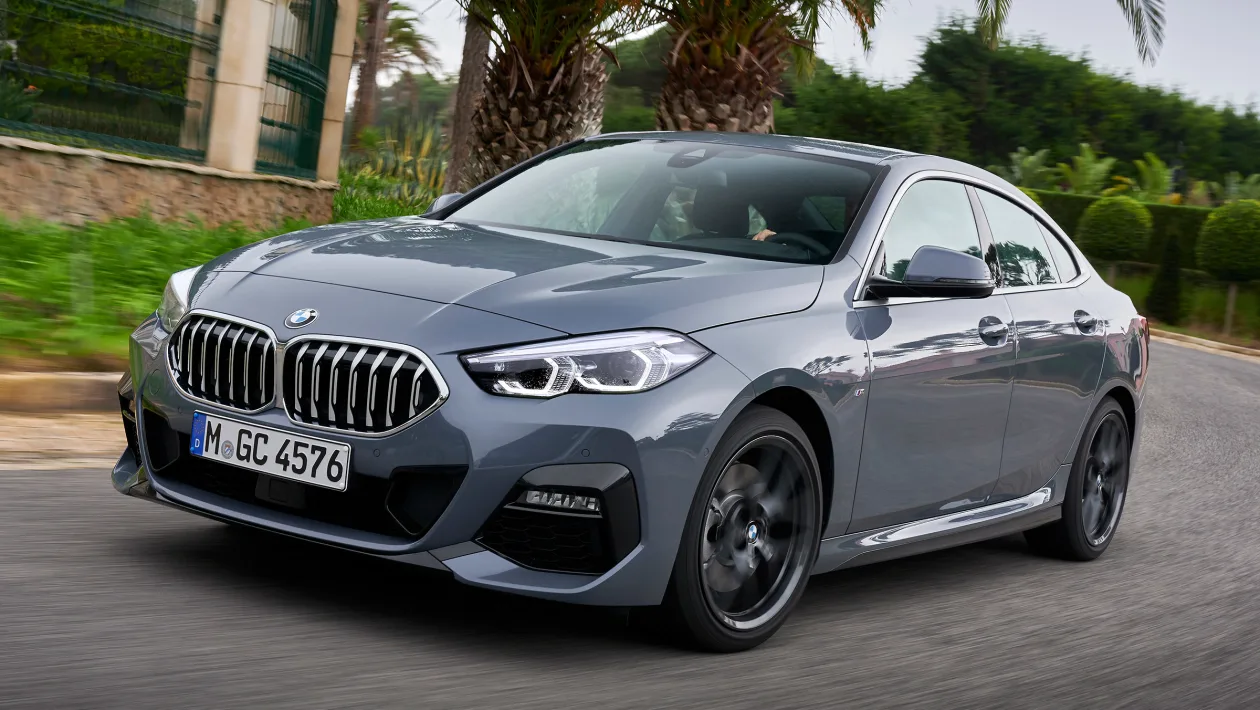
There are ways to maintain your car’s systems and make them consistently work without having to worry too about the costs of repairs. Once an issue crops up, knowing how to solve the problem by yourself can be extremely useful as well. So let’s get to the solutions.
When it comes to faulty sensors, the first thing we should check is our software. A simple update may be all it needs to go back to full functionality. Check online if your current version of the software is the newest one.
These updates take care of bugs and glitches which could be the cause for bad readings. Use a diagnostics tool to try and discern if there are any other faults that could be causing the malfunction.
The battery malfunction is an issue that’s firmly relegated to one part of the car, the battery itself. You can quickly check if the battery voltage is low or if the battery is working properly. If there is anything off about the battery itself, make sure to take care of the problem.
Hydraulic pump as well as other components can be kept in check with consistent maintenance. Though it can be easy to ignore, regular checks keep us up to date on any components that may be at the edge of breaking within the vehicle.
It’s a surefire way to keep the systems operating well by preventing failure before it happens so dedicate some time to car maintenance.
Even if the solutions do not help, there are still ways to get your car fixed without sinking a ton of cash into it. This is warranty as BMW cars usually come with 4-year warranties. These warranties can last even further if you take an extension or a specific warranty.
However, even if those don’t cover the issue it pays to check recalls. Recalls allow owners to send the car in to have a fundamental flaw in its design fixed. Though some are timed, certain recalls aren’t which makes double-checking the recall policies worth it.
Related: Increased Steering Effort BMW
Conclusion
Driving stabilisation relies on multiple systems working in cohesion for maximum control. This includes sensors, braking systems, and direct instructions sent from the driving stabilisation system.
With the car’s components working in unison, we will have perfect control even when the vehicle starts to swerve.
However, to achieve this functionality it’s important to maintain the vehicle and act on any sign of malfunction. With the solutions provided above, you should be able to take care of a number of said issues, sometimes avoiding repair shop visits.
Read Next: Check ESC Renault


